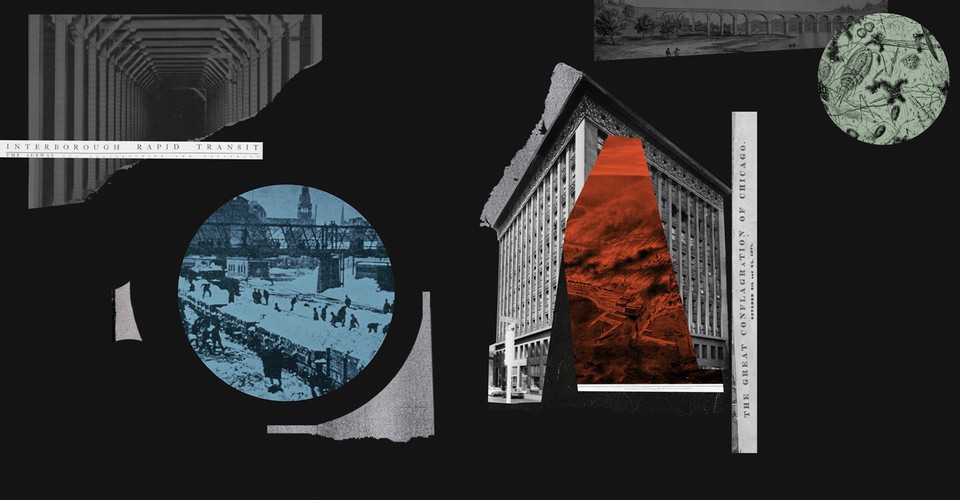It is impossible to know just how much cities everywhere have benefited from Chicago’s successful experiments in steel-skeleton construction. By enabling developers to add great amounts of floor space without needing additional ground area, the skyscraper has encouraged density. Finding ways to safely fit more people into cities has led to a faster pace of innovation, greater retail experimentation, and more opportunities for middle- and low-income families to live near business hubs. People in dense areas also own fewer cars and burn hundreds of gallons less gasoline each year than people in nonurban areas. Ecologically and economically, and in terms of equity and opportunity, the skyscraper, forged in the architectural milieu of post-fire Chicago, is one of the most triumphant inventions in urban history.


